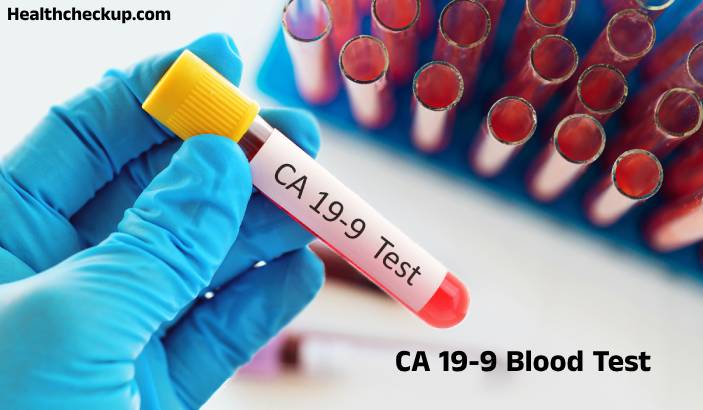The Barium Swallow Test, also known as an esophagram, is a medical imaging procedure used to visualize the upper digestive tract, which includes the esophagus, stomach, and the upper part of the small intestine. This test is used for identifying abnormalities such as strictures, ulcers, tumors, hiatal hernias, and other disorders.
What is a Barium Swallow Test used to diagnose?
- Diagnosing Dysphagia: Primarily used to investigate causes of difficulty swallowing, helping to identify blockages or abnormalities in the esophagus.
- Detecting Structural Issues: Assists in spotting anatomical problems such as strictures, diverticula, or anatomical abnormalities like a hiatal hernia.
- Identifying Inflammatory Diseases: Useful for diagnosing conditions like gastroesophageal reflux disease (GERD) and esophagitis.
- Cancer Screening: Can help in detecting esophageal and stomach cancers at early stages.
Preparation for the Barium Swallow Test
- Fasting: Patients are typically required to fast for 8 to 12 hours before the test to ensure the stomach and esophagus are empty.
- Medication Adjustment: Some medications may need to be temporarily discontinued. Always consult with a healthcare provider for instructions specific to individual health needs.
- Allergy Check: Patients should inform the radiologist of any allergies, especially to barium or contrast dyes, although allergic reactions are rare.
Barium Swallow Test Procedure
- Consumption of Barium: The procedure begins with the patient drinking a thick, chalky liquid containing barium sulfate. Barium coats the lining of the upper GI tract, making it visible on X-rays.
- X-ray Imaging: The patient will undergo several X-ray images taken from different angles. The patient may be asked to move into various positions to spread the barium evenly.
- Fluoroscopy: Some tests involve fluoroscopy, which provides real-time video images, allowing the radiologist to observe the barium moving through the esophagus and stomach.
Normal Results
- Normal Findings: Typically, a normal test will show a smooth, unobstructed passage of barium through the esophagus, stomach, and the beginning of the small intestine, with no leakage or blockage.
- Normal Motility: The swallowing process should function smoothly without delays, regurgitation, or spasms.
Results Interpretation
- Obstructions or Narrowing: Strictures or tumors may be indicated by narrowed passages or blockages in the movement of barium.
- Abnormalities in Shape: Diverticula, pouches, or abnormal anatomical features can be identified.
- Functionality Issues: Problems with the muscles in the esophagus that affect swallowing can also be diagnosed through the test.
Risks Associated with the Barium Swallow Test
- Minimal Radiation Exposure: Like any procedure involving X-rays, there is a small risk associated with radiation exposure. However, the level of exposure is generally considered safe for most individuals but should be avoided during pregnancy.
- Barium Side Effects: Some patients may experience temporary constipation or white-colored stools after the test. Drinking plenty of fluids can help alleviate these symptoms.
- Aspiration Risk: There is a small risk of barium entering the lungs during swallowing, known as aspiration, which could cause complications.
The Barium Swallowing Test provides vital information about the structure and function of the upper gastrointestinal tract. It helps in diagnosing a wide range of conditions from simple issues like GERD to more serious conditions such as cancer.
For individuals experiencing symptoms related to the esophagus or upper digestive tract, such as difficulty swallowing or unexplained chest pain, the Barium Swallow Test can be an essential diagnostic resource.








